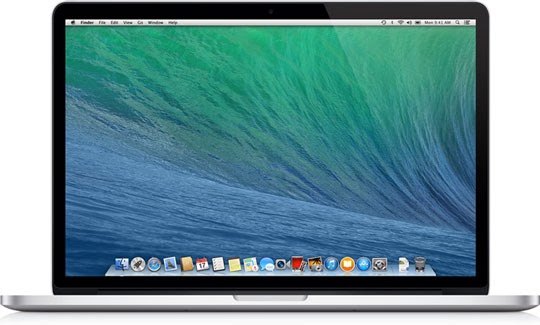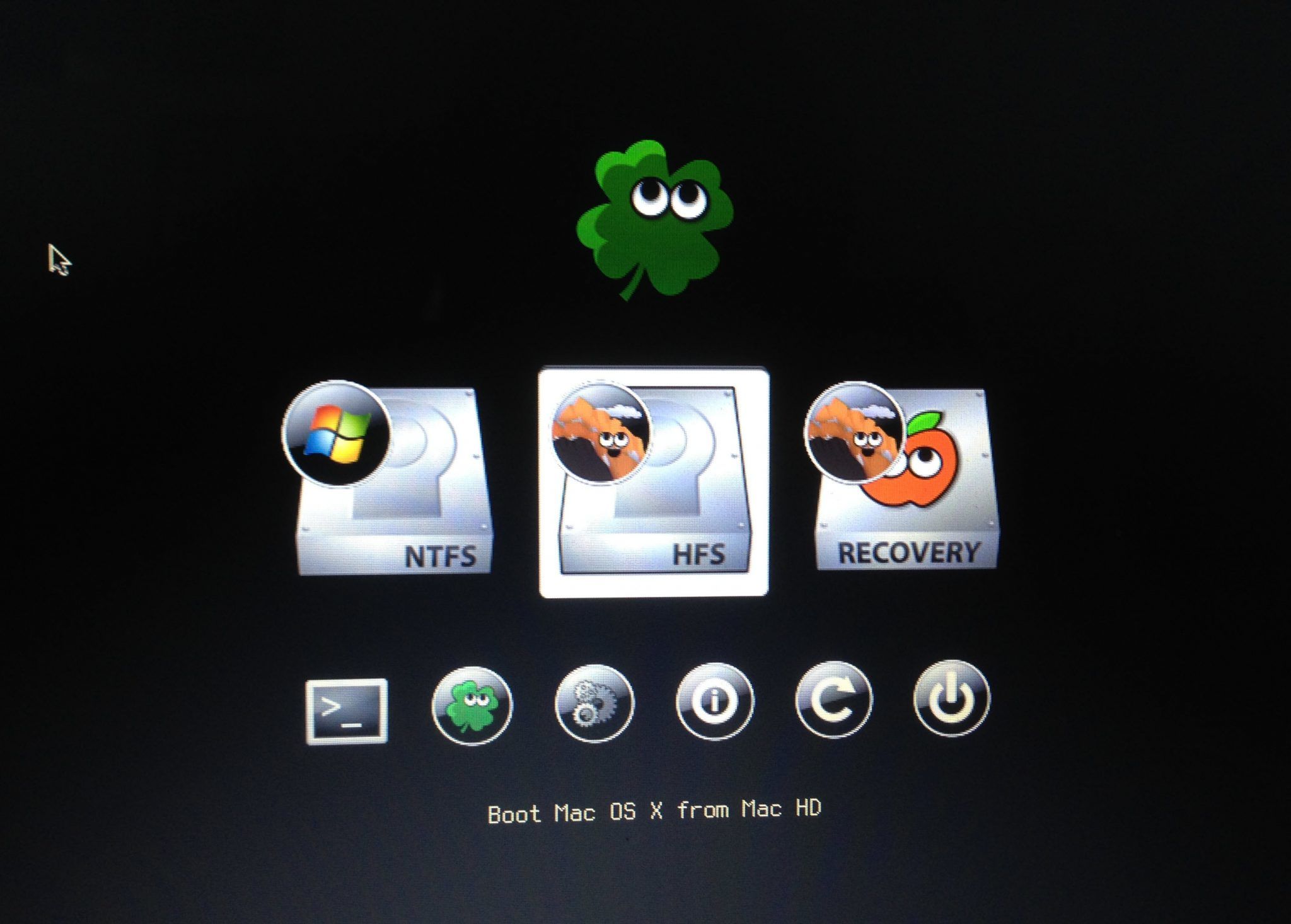

Go to the App Store and download the Mavericks InstallerGo to the App Store and download the Install OS X Mavericks application.If you have any doubts about your USB flash disk, you can certify it with SoftRAID first. You should be using a USB flash disk that supports read and write speeds of at least 15 MB/sec made by a reputable manufacturer. Some of the less expensive USB flash disks can only read and write data at 5 MB/sec and can be very unreliable. Note about USB flash disks: If you are using a USB flash disk, make sure it is fast enough and can reliably read and write data. If you are attaching a blank disk or one with any volume type other than HFS, you can use Apple’s Disk Utility application to partition the disk and create an HFS volume on it. This disk does not need to be a startup volume. It can be any disk with an HFS volume as long as the volume has at least 8 GB of free space. You will need to attach a second hard disk or USB flash disk. Attach a second disk or USB flash disk with at least 8 GB of free space.This will update the driver on your startup volume to the latest version. Once you have downloaded it, you should drag the SoftRAID application to your Applications folder and launch it. You will need the latest version once you are running Mavericks so you should download it first.

Before you start, you should download and install SoftRAID the latest version of SoftRAID. Upgrade to the latest version of SoftRAID.Steps to fix Mavericks installation problem: It must be formatted with Apple’s Disk Utility program and not SoftRAID. NOTE: You will need to have a second hard disk or USB flash disk with at least 8 GB of free space. If you follow these steps, you will avoid this bug and be able to install Mavericks successfully. The process of installing Mavericks onto a SoftRAID volume is made more complicated by a bug in the Mavericks Installer. Installing Mac OS X 10.9 onto a SoftRAID volume


 0 kommentar(er)
0 kommentar(er)
